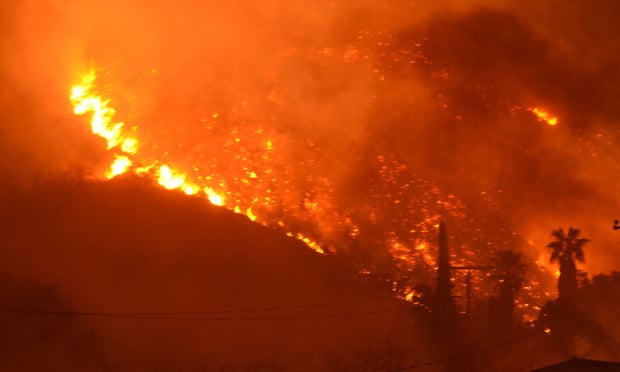Insurers have the logistic and financial resources to handle Hurricane Sandy, says Robert Hartwig, president of the Insurance Information Institute.
“Catastrophe losses are down 40-50 percent through the third quarter [compared to last year],” says Hartwig. “Even with losses from Sandy, 2012 catastrophe losses will still be well below 2011.” 
The hurricane has strengthened to include winds of 85 mph and there has already been some flooding in the New York Metro area as residents await the storm's landfall this evening. At the storm's peak, 70-90 mph wind gusts are expected and up to 11-foot storm surges will result in severe flooding. The storm's enormous wind field and its predicted slow movement is expected to affect much of the Northeast and Mid-Atlantic states.
It has yet to be determined—and it is difficult to predict—whether Sandy will be remembered as a wind or flood event. There is no coverage for flooding, or flooding from storm surge, in standard Homeowners, Renters or in most Commercial Property insurance policies. Flood damage to vehicles is covered under the comprehensive section of an Auto insurance policy.
“It will be interesting to see if Sandy causes high-severity claims, rather than the high number of low-severity claims seen after Hurricane Irene,” Hartwig says. Irene struck the Northeast in late August 2011. Though it was mostly a flooding event, Irene still caused an estimated $4.3 billion in insured damage—enough to rank the storm as the 10th costliest in U.S. history.
“I think insurers are better prepared than they were a year ago, because of Irene,” Hartwig says, adding that insurers are setting up staging areas in Western New Jersey and Pennsylvania in order to quickly respond to the most heavily-damaged areas when the storm passes.
Interestingly, unlike Irene, it appears insurers will be able to enact hurricane deductibles since Sandy will make landfall as a hurricane. Irene was downgraded to a tropical storm just before it made landfall a year ago and officials in some states ordered insurers to waive the deductibles, which are typically 2 percent of a home's insured value but can vary from state to state, or contract to contract, Hartwig notes.
This could act to keep insured losses down somewhat, since hurricane deductibles are higher than flat-rate deductibles. For instance, a home with a value of $200,000 may have a flat deductible of $1,000, but a 2 percent hurricane deductible is $4,000.
Want to continue reading?
Become a Free PropertyCasualty360 Digital Reader
Your access to unlimited PropertyCasualty360 content isn’t changing.
Once you are an ALM digital member, you’ll receive:
- Breaking insurance news and analysis, on-site and via our newsletters and custom alerts
- Weekly Insurance Speak podcast featuring exclusive interviews with industry leaders
- Educational webcasts, white papers, and ebooks from industry thought leaders
- Critical converage of the employee benefits and financial advisory markets on our other ALM sites, BenefitsPRO and ThinkAdvisor
Already have an account? Sign In Now
© 2025 ALM Global, LLC, All Rights Reserved. Request academic re-use from www.copyright.com. All other uses, submit a request to [email protected]. For more information visit Asset & Logo Licensing.








